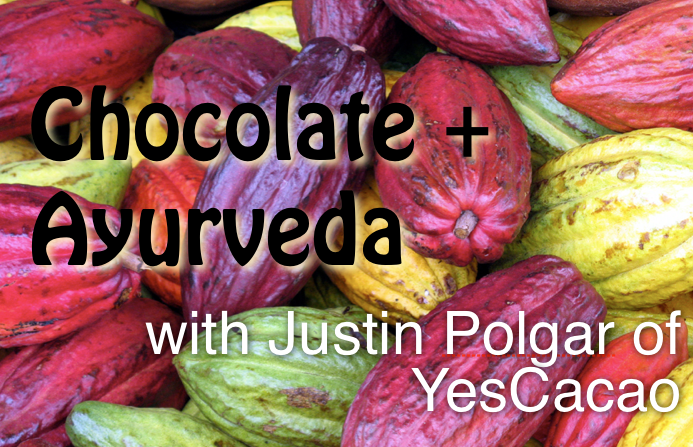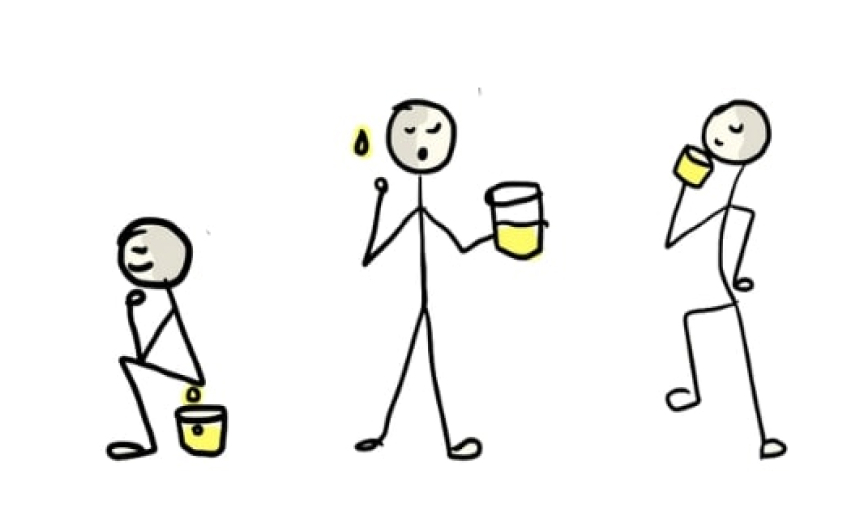What is Vata Dosha

Have you just discovered you have a Vata constitution and want to find out more? Or are you familiar with Ayurveda already, but want to dive deeper into your knowledge? This is the right place to be.
During this series on the basics of Ayurveda, you will be able to go into detail about what is Ayurveda and the specifics of each dosha, each energy – Vata, Pitta or Kapha. When you understand your imbalances, you can start your self-healing process and thrive. Because chances are, if you became interested in Ayurveda, you are disappointed in Western medicine and want to try something else.
Self-healing is about reconnecting with our bodies, our cells, and nature itself. It is about restoring that deep, intuitive self-healing ability that we were all born with. Understanding that we are the cosmos and learn how to listen to cosmic intelligence.
What is Vata
When we talk about Vata, from a nature standpoint, what we are talking about is the wind, and the force of wind in our bodies. What is the force of air moving through ether of expansion across time and space?
Vata is a verb which means to carry. When you look at your body, Vata is anything moving within the body. But it is also the movement of thoughts and the movement of emotions. For example, digesting your food and the movement of breath is Vata. Any movement is under the domain of Vata. When you think about it, a lot of your daily body functions are connected to Vata.
What is Vata Constitution
When we say someone has a Vata constitution, what we mean is they have more of this force of wind in them than the force of fire or water, because the doshas are always in relationship with each other. Having more Vata means this person is going to have more movement within them and transparency of emotions.
A person with a Vata constitution will have a bigger tendency to move within the physical body. They have a hard time sitting still. There is also a dryness to their constitution. That’s one of the attributes of wind, its primary characteristic. It is also light, when compared to fire, water or earth. And cold. Just think of outer space. Vata is wind moving through space.
When it comes to their personality, there is a roughness. Some Vata people have a less than teddy bear, cozy personality. They are also less mundane and very clear. They are quick to understand any topic and construct ideas. They are enthusiastic and have a “let’s get things going” energy. They are not, however, great at following through.
Vatas are so sensitive it almost goes into paranormal. This sensitivity can be a superpower at times, but it is also one of their biggest challenges. In the modern world, Vatas can often feel hyperstimulated. It is probably wise for people with a predominantly Vata constitution to limit their stimulation.
When it comes to physical qualities, Vatas tend to have a slimmer body frame and a lighter body weight. You can see a lot more bone definition in their faces. They often have interesting faces, maybe asymmetrical, and their skin tends to be dry and cool.
Their hair is often thin and dry. Sometimes it’s brittle or curly. Their necks can be thin and long. And Vata women tend to have small breasts and slender hips. Their joints tend to crack a lot and they often have a low body temperature, regardless of the season. Their digestive systems tend to be irregular. They don’t have a strong appetite in general, and they often suffer from constipation, gas and bloating.
Even though Vatas have a lot of energy, they tend to crash fast. Emotionally, they tend towards anxiety and fear and uncertainty and overwhelm. And this comes from a sense of not being supported and not being enough.
What Are Vata Imbalances
Vata’s sensitivity makes it easy for them to get pulled by the gravity of an addictive app or social media channel. And by getting stuck into habits that are not beneficial for them quicker, Vatas are also quicker to break down – and that includes their immune systems.
The keys to balancing Vata has everything to do with limiting stimulation and keeping rhythm. The Body Thrive habits are key. If you haven’t read the book yet, you should. And if you find it hard, maybe joining the course is your best option. What you’ll learn is how to create habits of deep rhythm, which build resilience and regularity.
Vatas are always moving, and as such, it is easy for them to become irregular. Which is also why they might be resistant to get into rhythm. Having habits may seem too boring. That’s the paradox with Vata. Every dosha has one. They want excitement and movement, but in order to feel balanced, they need a rhythmic lifestyle.
So, what are some of the habits Vatas should have? They should eat at the same time every day, during daylight hours. This way, their digestive fire gets stable and strong. They should also do self-care practices every day at the same time. And they should be going to bed every night before 10:00 pm.
Unfortunately, to the modern day Vata, it seems like these habits are impossible to keep. But habits are the key for Vatas to get the resilience necessary to navigate the world without being overwhelmed – and, therefore, take more exciting risks.
A Vata’s spiritual path is to cultivate faith through aligned daily self-care actions. One of the biggest lessons for Vatas is to learn how to accumulate energy instead of letting it dissipate. When they learn to do this they usually become very protective of their habits and of who they spend time with.
When they get into rhythm, Vatas start developing the calmness and rootedness. What I recommend is the 80/20 rule. You can read about it in detail in my article about navigating stress and ambition. In short, this rule will help you cut out all the distractions, which is very beneficial for Vatas.















Comments
No comments yet, be the first to comment